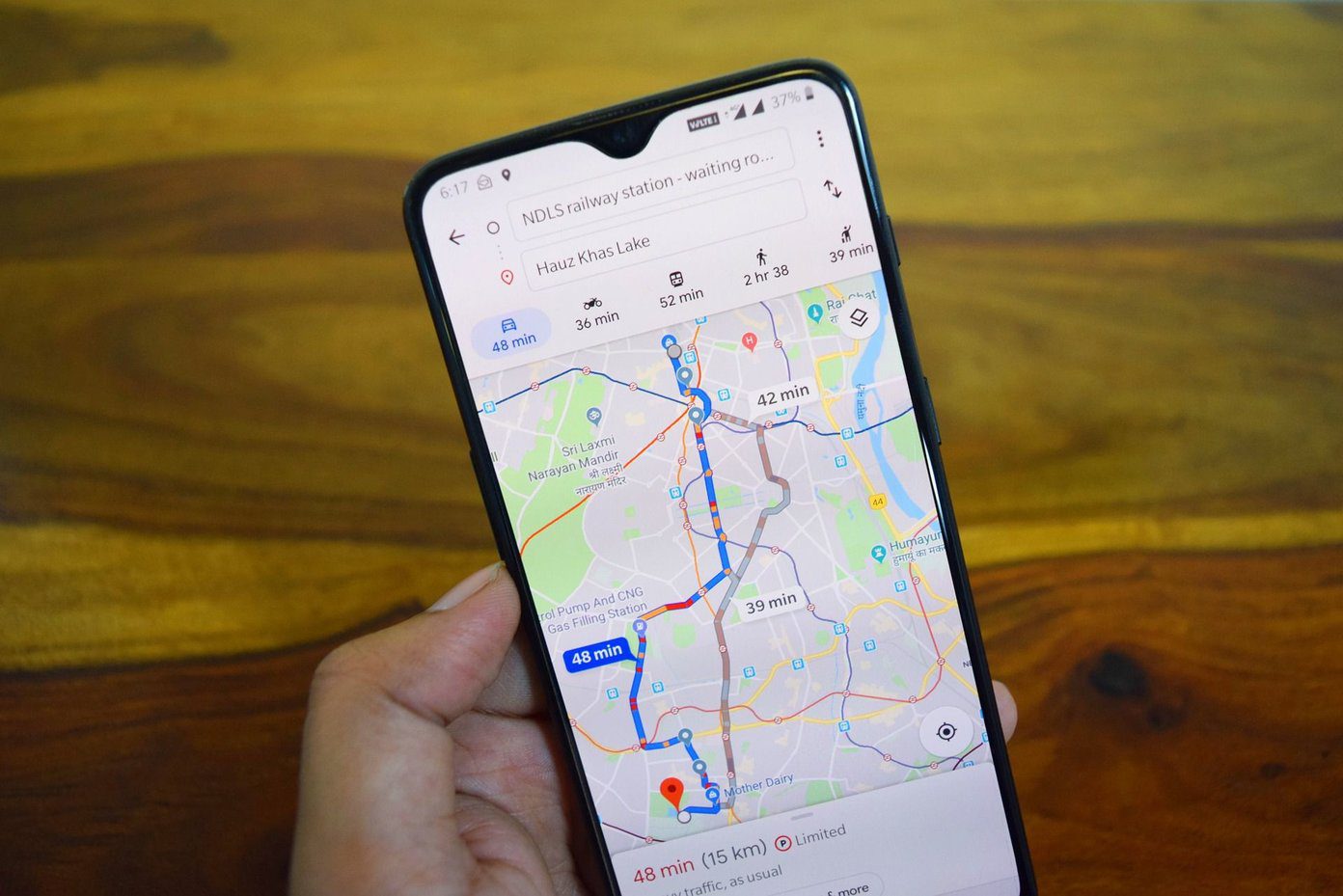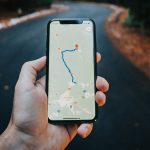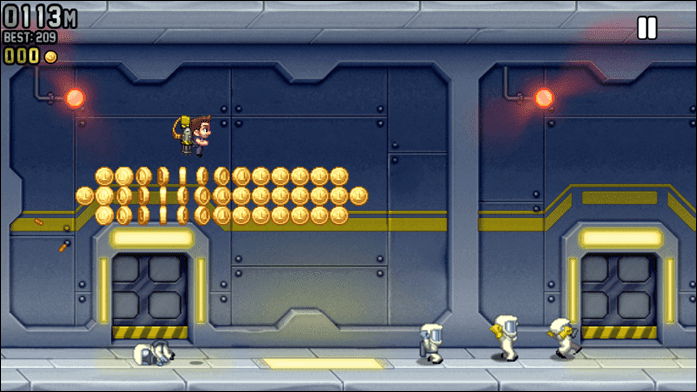You could also do other things like rotating maps, adding latitude and longitude etc. This article will introduce you to all of them.
How to activate labs in Google Maps
- Go to Google Maps.
- Click on the lab icon. For using the labs feature, you don’t need to log into your Google account. A dialog box appears, displaying all the lab features. Click on Enable option and click “Save changes” to activate them.
Google Maps Labs Features
- Drag ‘n’ Zoom This helps you zoom in on specific parts of the map. Activate this feature to drag and draw a rectangle above the place where you want to zoom in. Before drawing the rectangle you have to click on Drag ‘n’ Zoom button. After clicking it, drag on the map with the help of mouse and make a rectangle. It’ll automatically zoom out.
- Aerial Imagery Ariel imagery displays you rotatable, high-resolution and overhead imagery when it is available, at any place. It’ll display the Ariel button when you are in an area with aerial imagery available. Currently it is available only at few places. Google plans to add more such imagery in future.
- Back to Beta If you like the beta tag of Google maps then enable this lab feature. Beta tag will appear on the Google map logo. It only changes the logo, nothing else.
- Where in the World Game Check your knowledge of Geography by guessing the name of the country in Satellite image mode.
- Rotatable Maps As the name suggests, you can rotate the map by using this lab feature. Hence the north can go south and vice versa.
- What’s Around Here? After you activate this lab feature, a second button appears next to the search box named “What’s Around Here?”. When you type in the name of a place and click on the search button, it searches for the important and interesting locations in that area. It gives you the top results on the left pane.
- LatLng Tooltip It displays exact latitude and longitude at the point where your cursor is placed on the map.
- LatLng Marker You can drop a marker anywhere on the map and it will display the latitude and longitude of that particular location.
- Smart Zoom It automatically checks the imagery of an area and shows the message “We don’t have imagery at this zoom level” if the imagery is not available. So, those were the 9 Google Maps labs features we wanted to introduce. We think almost all of them are pretty good, especially if you use Google Maps frequently. What’s your favorite among them? Tell us in the comments. The above article may contain affiliate links which help support Guiding Tech. However, it does not affect our editorial integrity. The content remains unbiased and authentic.
















